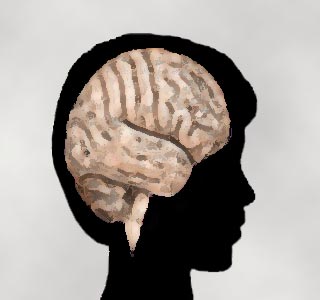
Intermittent exotropia is stated to be a condition where the eye turns outward in the direction away from the nose. Seemingly in the U.S., this condition affects around 1 percent of the developmentally healthy children. More so, in Asia this condition is believed to have an upper hand over esodeviations or a condition where the eyes turn inwards. Therefore these experts have stated that intermittent exotropia may quite possibly be called as the most prevalent form of strabismus in the entire world.
In order to better analyze this criterion the experts studied more than 180 young patients who were evidently diagnosed with intermittent exotropia. For each of these children, the experts were believed to have identified a control child of the same age who didn’t suffer from any strabismus condition. All of these children were evidently followed till they were about 22 years of age.
During this time frame it was allegedly observed that 53% of the children with intermittent exotropia seemed to have been diagnosed with a mental health disorder, as compared to only 30% of the controls. These findings indicate that this type of strabismus may possibly increase the child’s risk of developing psychiatric condition by early adulthood. Apart from this it was also observed that boys may be at greater risk of this outcome than the girls.
The experts have explained that, “Additionally, males with intermittent exotropia had a greater use of psychotropic medication, psychiatric emergency department visits, psychiatric hospital admissions, suicide attempts and suicidal ideation than controls, and females with intermittent exotropia had more suicidal ideation than controls.â€
Evidently, the experts didn’t seem to succeed in identifying the factors responsible for such an association. It was noted that although adults don’t look down on people affected with this condition, children seemed to have a negative bias against the affected people.
A deeper analysis needs to be conducted in order to determine if interventions for people with intermittent exotropia may possibly aid in lowering or even modifying the future development of psychiatric illnesses in them.
This study was published in one of the journals of JAMA/Archives called the Archives of Ophthalmology.
